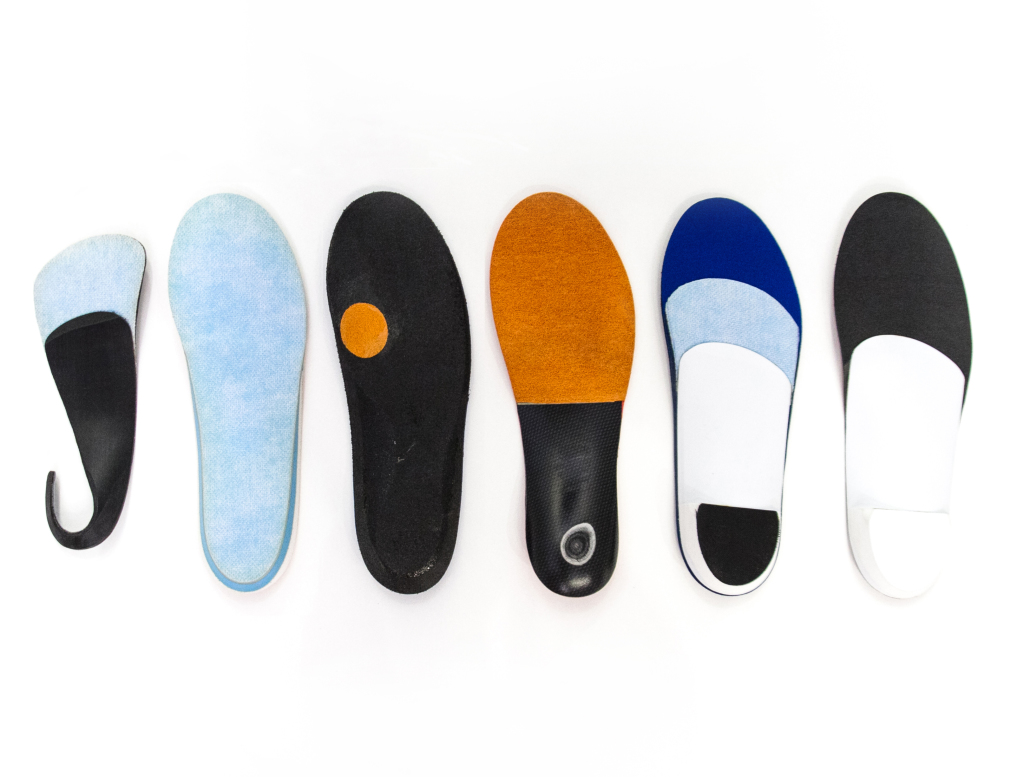Top 3 Myths of Custom Foot Orthotics

1. Orthotics Are Only For Old People
Custom orthotics have long had the stereotype of only being for ‘old people’. That, or being associated with ugly orthopedic shoes. As people age, the ligaments and tendons can lose their strength and the foot becomes less supported.
Through this process, the arch will collapse. This makes the foot, knee and hip more prone to ligament, tendon and joint injuries. While there is an increased benefit for custom orthotics as someone ages, everyone’s feet undergo tremendous stress and strain throughout every day of their lives.
2. Orthotics Are Only For Athletes
Another second train of thought is that custom orthotics are only for athletes. It is true that athletes (whether recreational or competitive) have an increased load on their feet and joints of the legs and hips. The more mechanically aligned athletes are the less chance they have of developing overuse injuries and the more efficient they become in their activity.
According to the Heart and Stroke Foundation of Canada, the average person should strive to take 10,000 steps a day. This is the equivalent of just over 8 km a day. Currently, the average Canadian male takes 9500 steps and the average female just under 8500 steps. This is not at the recommended value but the average person still covers many km a day in their day to day activities. When you consider an average runner training for a 10km race will average about 15 km a week of running (just over 2 km a day), the daily walking distance far exceeds this.
Another factor to consider is the amount of standing time. This can vary greatly depending on an individual’s employment and even a short amount of standing places a great amount of strain on the ligaments of the feet and ankles. A significant amount of foot injuries can be connected to the amount of time a person simply stands during the day.
3. Orthotics Weaken Your Feet
This is simply just not true. Feet that are in a poor mechanical position will have compromised muscle function. Therefore, they will have an overall weakening of core muscle groups through the feet. By returning to a closer to normal foot function with custom orthotics you improve muscle function. Then, the muscles will continue to strengthen themselves.
Orthotics do not act as a crutch or a brace. They provide key support to areas of the feet that need support. As well, they allow the feet to function closer to a normal foot function.
Dr. Doug Richie puts it nicely here.
Sorry, the comment form is closed at this time.